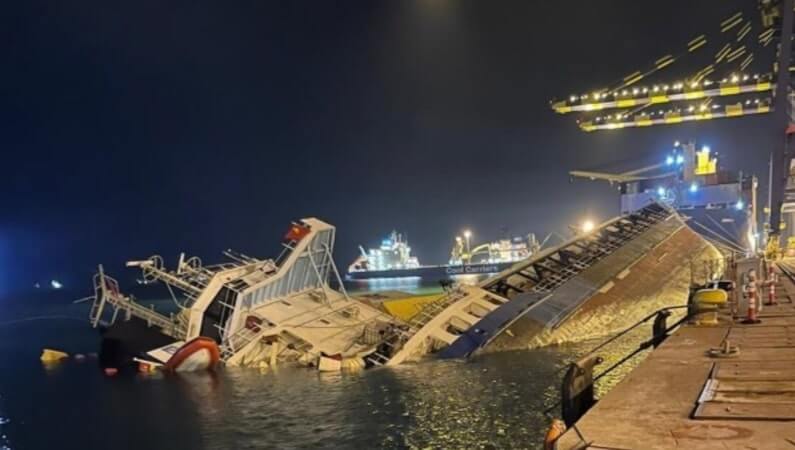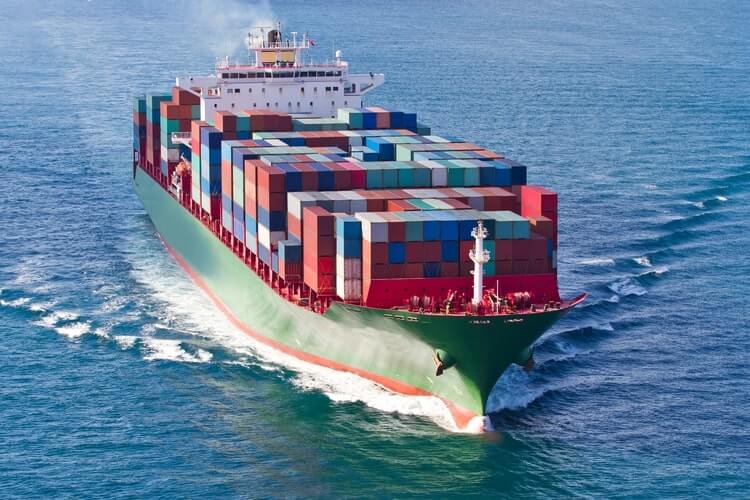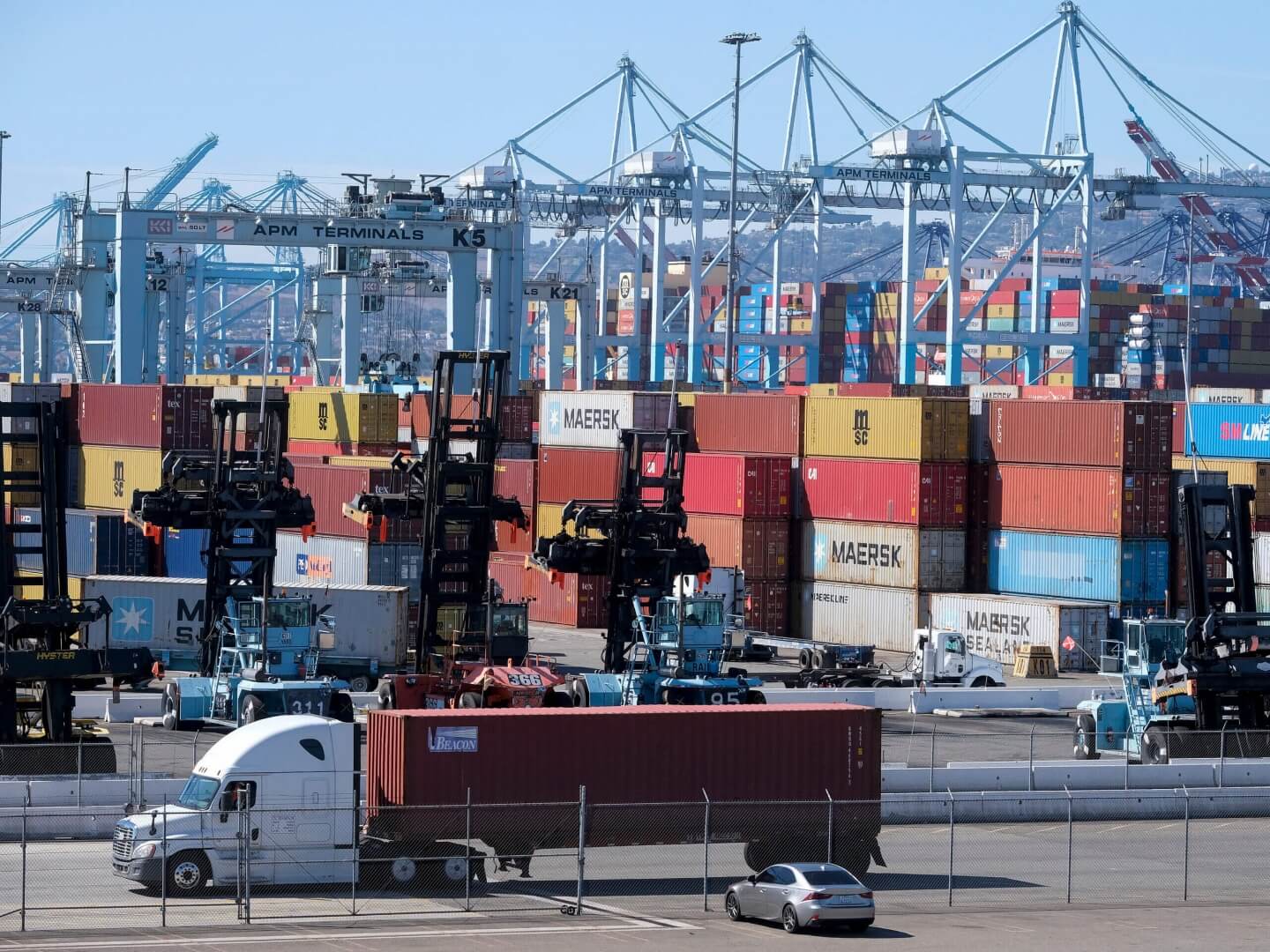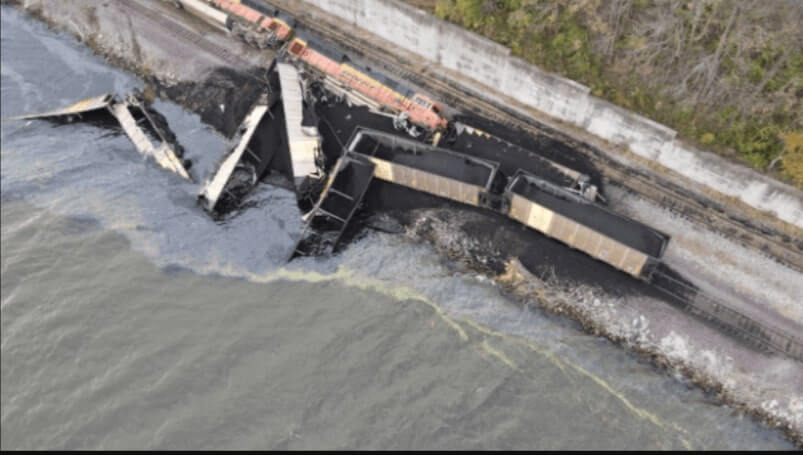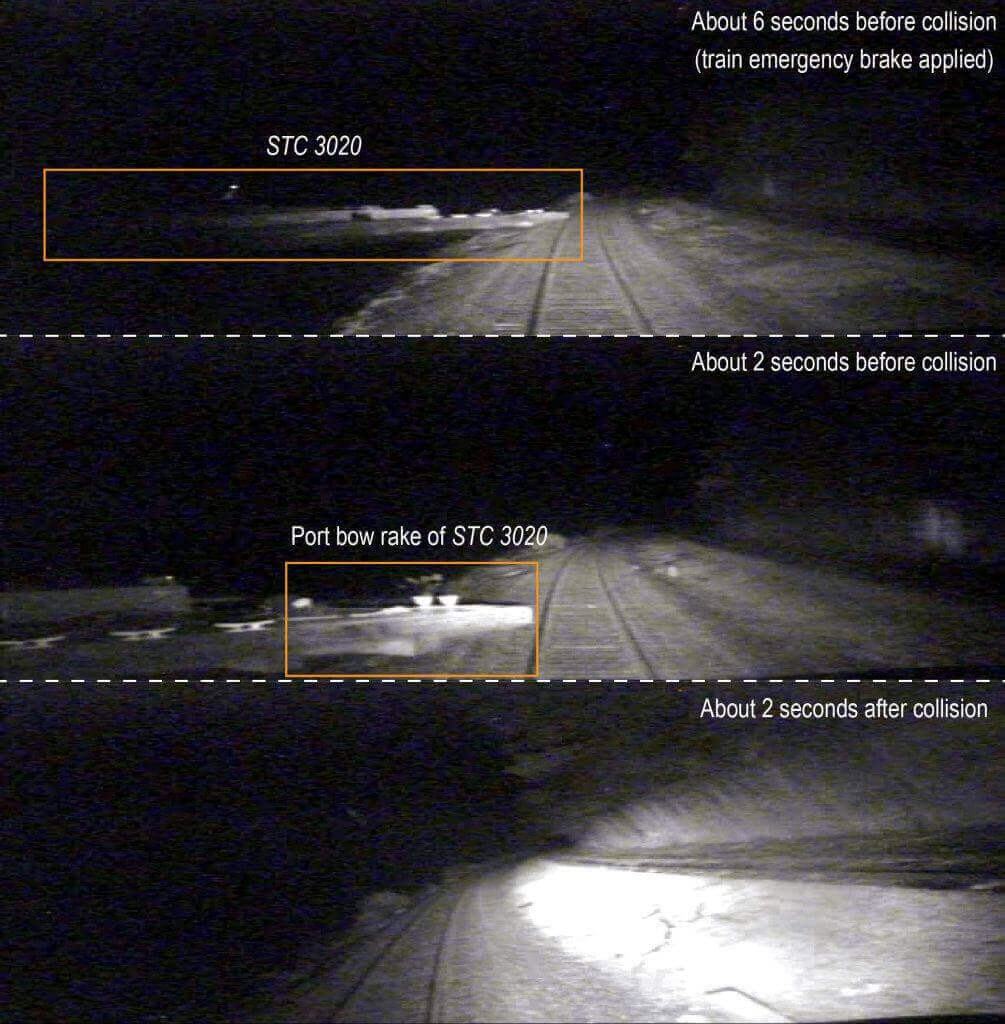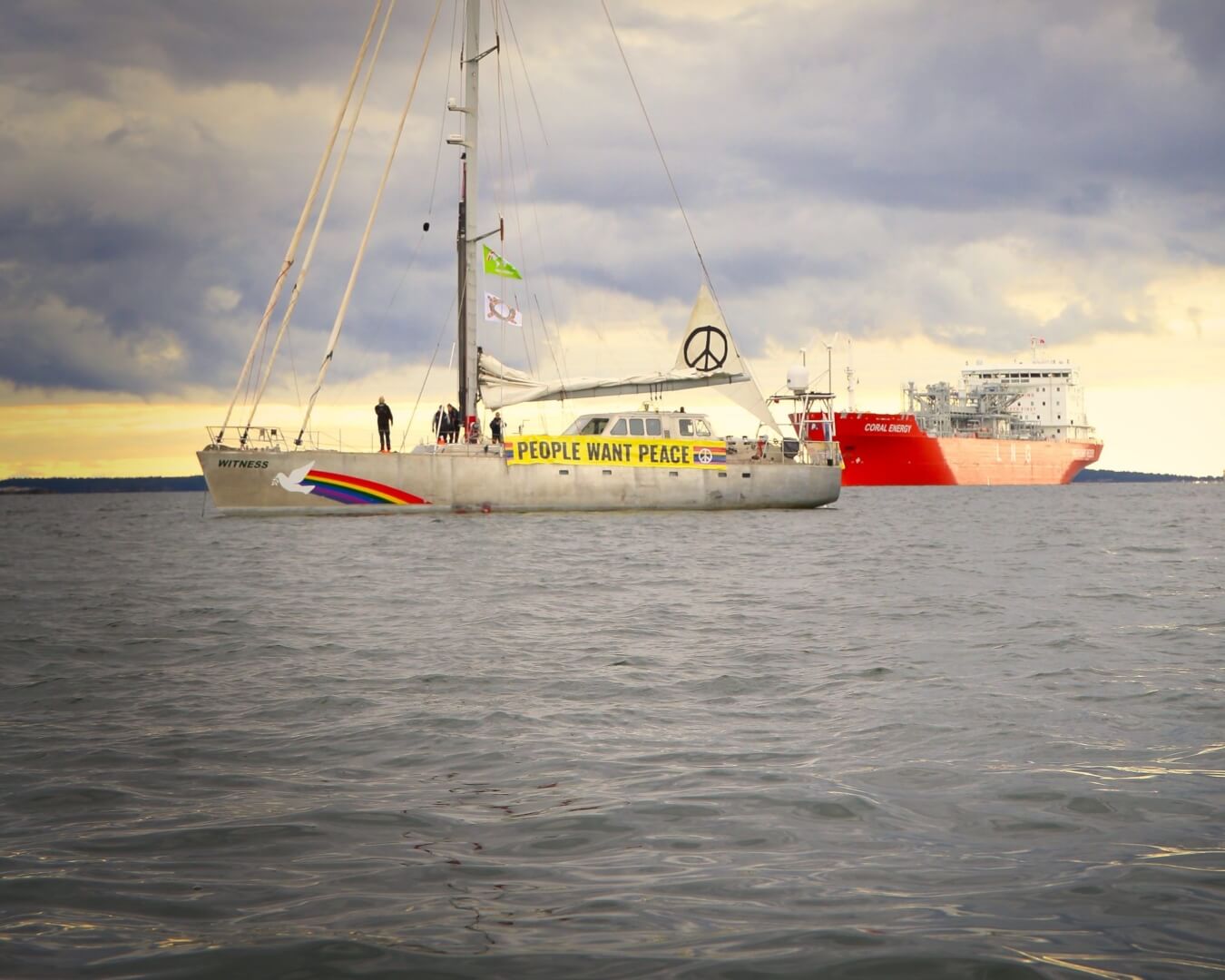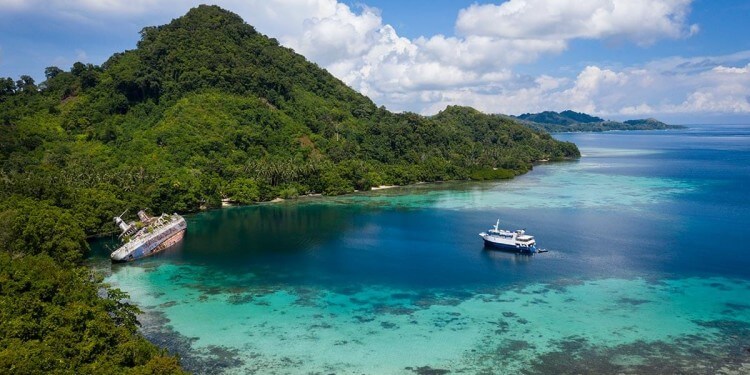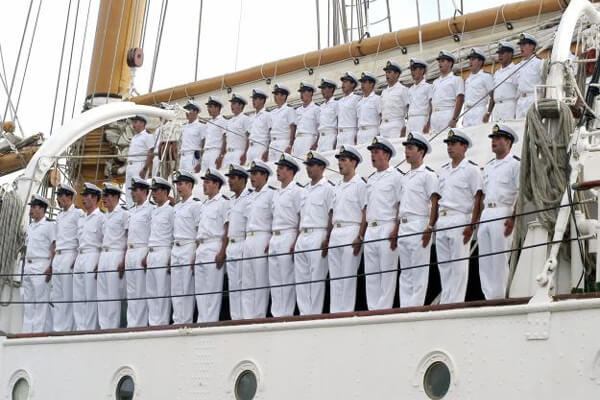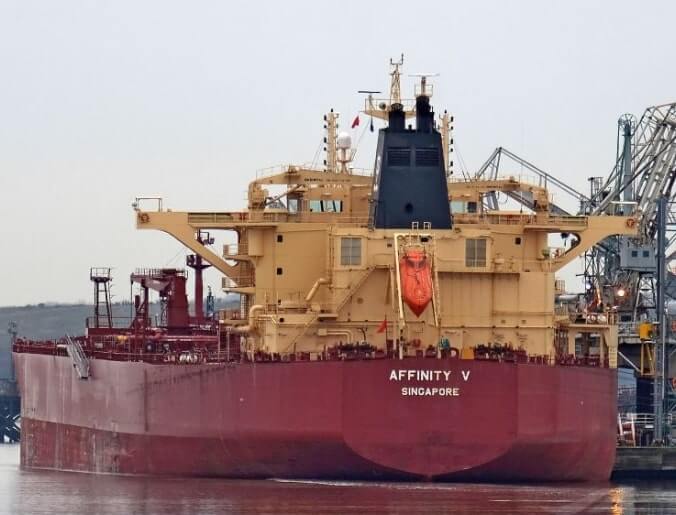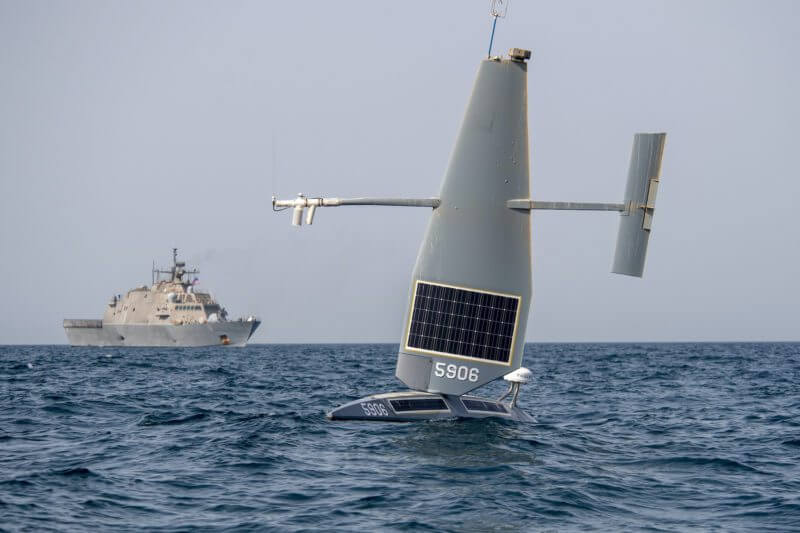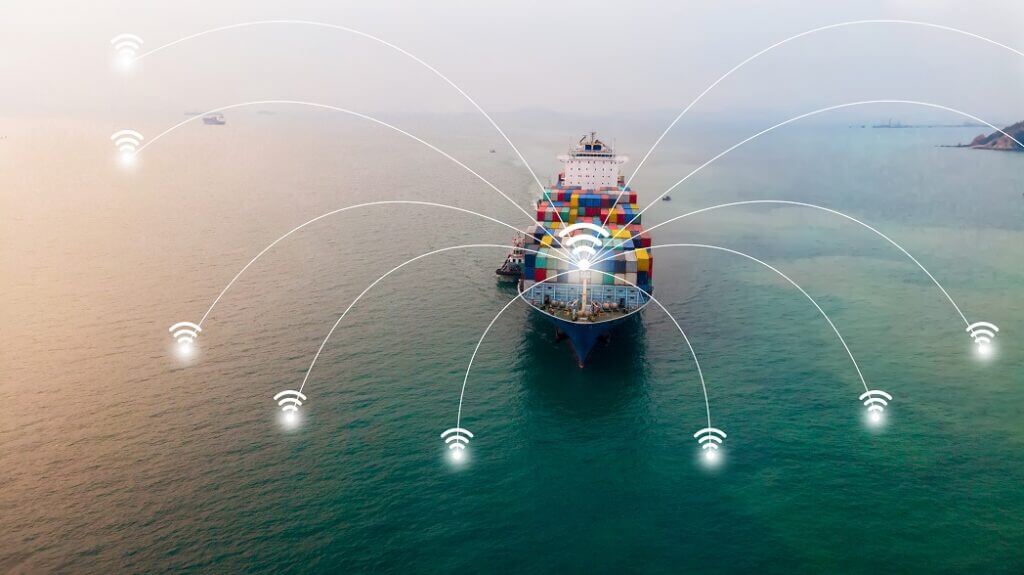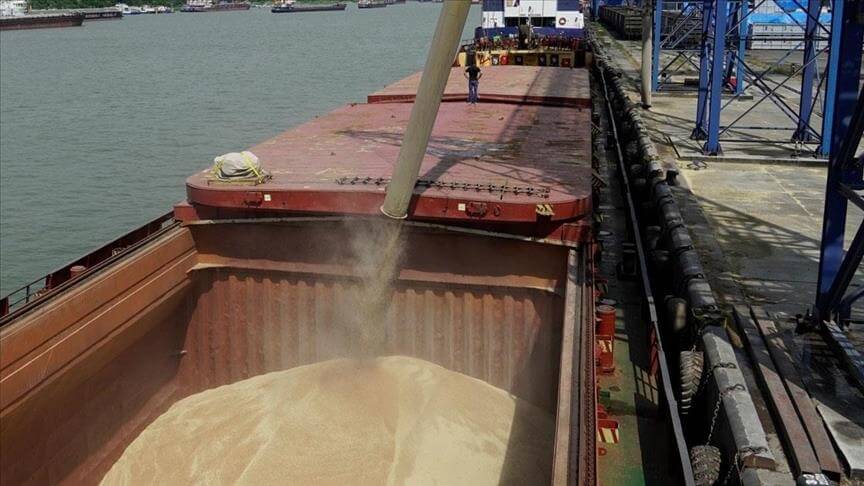The National Transportation Safety Board stated on Tuesday that the collision between a bulk carrier and an oil and gas platform in the Gulf of Mexico off the coast of Louisiana last year could be attributed to ineffective resource management for bridges.
The platform appeared to be depicted on the British Admiralty paper chart that the mate on watch was using, but it was absent from the electronic navigation chart that NOAA provided and was visible on the ship’s ECDIS.
On January 7, 2021, the dry bulk carrier Ocean Princess was operating 24 miles south of Pilottown, Louisiana, when it collided with the unmanned and inoperable oil and gas production platform SP-83A. On Tuesday, the NTSB released a report on the event.
No pollutants or accidents were recorded, however, the platform and ship sustained damage that is believed to be worth $1.5 million. The NTSB discovered that the Ocean Princess’ 24-person crew spent the previous night floating in the Gulf of Mexico before traveling to New Orleans to load a grain cargo. With the engine on a 15-minute standby, the master intended to drift throughout the night while avoiding traffic and platforms.
The master planned himself to be on the bridge with the mate on watch to give the crewmen some rest after they had spent the day cleaning cargo holds. The master claimed he noticed a faint yellow light and examined the radar after starting the engine to steer the carrier.
After investigating the light, the master and the second officer on duty concluded that it was originating from an oil platform about 5 to 6 miles distant. The Ocean Princess struck station SP-83A around ten minutes later.
The NTSB’s investigators were told by the master and second officer that they have never seen SP-83A on the radar. Following the contact, both parties noted that SP-83A was absent from the electronic chart display and information system, even though the platform appeared on the paper chart used on the bridge by the mate on watch (ECDIS).
The official U.S. National Oceanic and Atmospheric Administration (NOAA) electronic or print navigation charts that gave the chart data to the ECDIS aboard the Ocean Princess did not contain a chart for platform SP-83A, according to the NTSB. On the British Admiralty paper map, which the mate on watch was using at the time of the accident, the platform was, nevertheless, visible.
The platform had been visible on NOAA charts since 1990, according to the NTSB report, but for whatever reason, it was removed from two larger-scale U.S. paper charts starting in 2010. Then, for nearly 11 years—until the accident—it stayed off the two paper charts and the electronic navigation charts (ENCs).
The Ocean Princess collided with platform SP-83A, killing one person, and the NTSB determined that poor resource management on the bridge prevented the crew from identifying the platform and recognizing the danger it posed to their safe navigation, despite having seen its lights about 10 minutes earlier. Platform SP-83A was not displayed on the ship’s electronic chart display and information system as a result of a charting error, which contributed.
After the event, NOAA revised and fixed the paper and electronic charts that had mistakenly missed platform SP-83A. The assessment stated that a bridge team’s efficient use of all tools at their disposal, including paper charts, electronic charts, and radars, increased collective situational awareness and helped ensure a secure navigation watch.
“When identifying dangers, bridge personnel should communicate identified concerns with other watchstanders and double-check information with other bridge resources that are available. Technology, such an ECDIS, can lead to operator overconfidence and overreliance, which weakens safe navigation procedures and impairs situational awareness.
